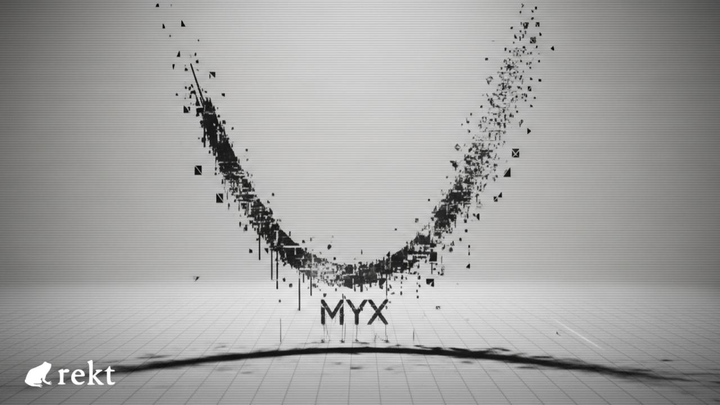HyperVault Rug Pull Exposed: $4.6M Vanished in DeFi Exit Scam

Source: HyperVault Rugged
HyperVault, a promised automated yield optimizer on Hyperliquid's HyperEVM network, abruptly vanished with $4.64 million in user funds. Marketed with buzzwords like "modular strategy adapters" and "keeper-bot harvests," the platform concealed a deeply flawed structure behind fancy terms - no share tokens, privileged admin controls disguised as "safety features," and false claims of audits from unrecognized firms.
The Collapse Timeline
- September 4, 2025: HyperVault announced an audit was starting with security firm Zenith – never completed or made public.
- September 23-24: Community warning signs emerged, including alerts from Hyperliquid insiders HypingBull and HYPEconomist about shady behavior.
- September 25: HyperVault drained all nine vaults via a hidden backdoor admin function; millions shifted through deBridge to Ethereum.
- Following days: Social media accounts deleted, Discord server shut down, website disappeared – the classic exit scam playbook.
Red Flags Ignored
- Fake audit claims: Zenith confirmed 42 vulnerabilities, 6 high severity, but no public disclosure happened.
- Opaque ledger system: Unlike standard DeFi protocols issuing ERC-4626 share tokens, HyperVault used an internal tracking system obscuring user holdings.
- Privileged contract functions: Backdoors masked as “safety” tools allowed mass withdrawals without triggering alarms.
- Community warnings: Key figures in the Hyperliquid ecosystem flagged concerns weeks earlier, but deposits kept flowing.
The Theft and Laundering
- Developers moved funds into two primary wallets funded by a "funder" wallet to pay Gas fees.
- These wallets swapped tokens into HyperVault’s native $HYPE token and batched bridged 1,126.72 ETH (~$4.64M) to Ethereum via deBridge.
- Funds were further dispersed into four Ethereum wallets, with the majority funneled through Tornado Cash mixers, making recovery virtually impossible.
The Team and Their History
- The lead figure, Nicholas Olsen ("0xnyck"), disappeared after the scam.
- Investigations found multiple linked developer emails, all tied to previous scams: ZinoFinance, Zero-G Finance, PerfectSwap, showing a clear repeat pattern.
- Project domains shared a single anonymous registrar, reinforcing suspicions of a recurring fraudulent operation.
- Calls for fund returns and a bounty from community trackers received no response.
Collateral Damage and Lessons
- Innocent parties such as audit firms got caught in tangled transaction webs, highlighting risks of blockchain analysis misinterpretation.
- Hybra Finance suffered fallout after integrating HyperVault, pledging to compensate victims partially.
- The incident underscores the limits of due diligence when greed overshadows obvious crypto red flags.
Summary Takeaway
HyperVault’s 95% APY promise was a smokescreen for a rapid, expertly executed exit scam, draining millions while projecting legitimacy through social proof and fake audits.
The team meticulously orchestrated every step - from false transparency theater to final fund extraction - before disappearing with no chance for victims to recover losses.
Warning for all DeFi users: When yield offers defy market logic and audits are unverifiable or incomplete, caution is paramount. Trust must be earned, not assumed.


